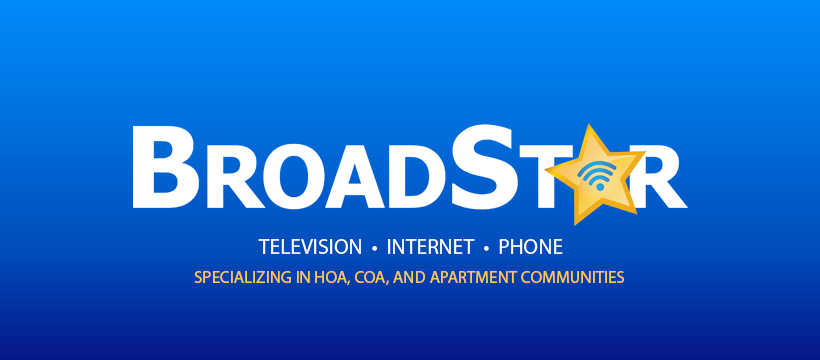Read About the Advantages of Fiber Optic TV Services for Widespread Implementations
Wiki Article
Fiber fiber TV services are growing increasingly widespread for large-scale applications, such as in educational institutions, hospitals, and companies. These services use slender strands of silica or plastic to transmit information as light waves. This innovation offers multiple benefits over traditional wire or satellite television services. One of the key important benefits is the rapid internet link that optical optics can provide. This speed allows for seamless broadcasting of high-definition material, which is essential for entities that depend on visual for training, presentations, or entertainment.
Another key advantage of fiber fiber television services is their dependability. Fiber optic wires are less susceptible to interference from climatic conditions or physical barriers compared to traditional copper wires. This means that organizations can expect a greater stable and stable link, which is vital for large-scale applications where service interruption can lead to significant interruptions. For instance, a medical facility needs to ensure that its connectivity systems are constantly functioning, and fiber optics can assist achieve that level of dependability.
In addition to speed and reliability, optical fiber television solutions also offer greater bandwidth. This implies that multiple individuals can utilize the useful source network and broadcast material simultaneously without experiencing a drop in quality. For big organizations, this is particularly beneficial as it allows many employees or students to access the solution at the same time. Educational institutions can stream learning clips in lecture halls while companies can carry out visual meetings without concern about delay or interruption problems.
Affordability is another benefit of optical fiber television solutions. While the upfront installation may be higher than traditional services, the sustained cost reductions can be significant. Fiber optics require less maintenance and have a longer duration than copper wires. Additionally, the enhanced productivity and velocity can result in greater output, which can reduce costs in the long run. Organizations can allocate their resources more effectively when they do not have to deal with frequent support disruptions or lagging broadband rates.

Lastly, optical optic television solutions are environmentally friendly. The components used in fiber optics are not as detrimental to the environment in contrast to conventional wiring. Furthermore, fiber systems consumes less power, which can help organizations minimize their environmental footprint. As more companies and institutions look for methods to be increasingly sustainable, fiber solutions present a viable choice that aligns with these objectives. In summary, the benefits of optical TV services make them an outstanding choice for big applications, providing velocity, reliability, bandwidth, affordability, and environmental responsibility.